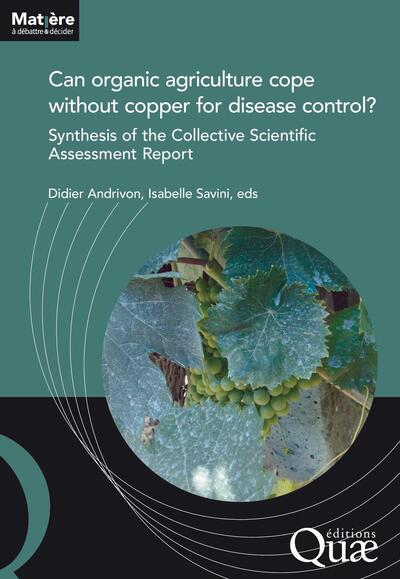- EAN13
- 9782759238385
- Éditeur
- Quae
- Date de publication
- 24 novembre 2023
- Collection
- MATIERE A DEBAT
- Poids
- 601 g
- Langue
- fre
Can Organic Agriculture Cope Without Copper For Disease Control?, Synthesis Of The Collective Scientific Assessment Report
Isabelle Savini, Didier Andrivon
Quae
Prix public : 26,00 €
<p>Copper is used to control various fungal or bacterial diseases, mainly in grapes, in fruit production and in vegetable crops. It is the only active substance approved in organic farming with a strong fungicidal effect and a wide range of action. However, the demonstration of the negative environmental effects of copper, in particular on soil and water organisms, led to regulatory restrictions on use (capping of authorized doses), and even to its ban as a pesticide in some Northern European countries.</p><p>These increasing restrictions on the use of copper, which put growers who cannot use synthetic fungicides under severe constraints, led to a recurrent demand for "alternatives". Numerous experimental studies have therefore been carried out to identify and test other techniques: the use of disease-resistant varieties, the application of naturally-occurring substances that have a biocidal effect and/or stimulate the plant's natural defenses, the use of microbiological control agents, the adoption of prophylactic management, and the installation of physical protection. However, results remain scattered, and these control methods are rarely implemented in the field.</p><p>Resulting from a collective scientific assessment, this volume, first published in French in 2019, is a multidisciplinary and critical synthesis of the knowledge available on the subject. It describes and assesses the different techniques potentially effective against pathogens controlled by copper treatments, and insists upon the need to combine them in integrated crop protection systems.</p>


















